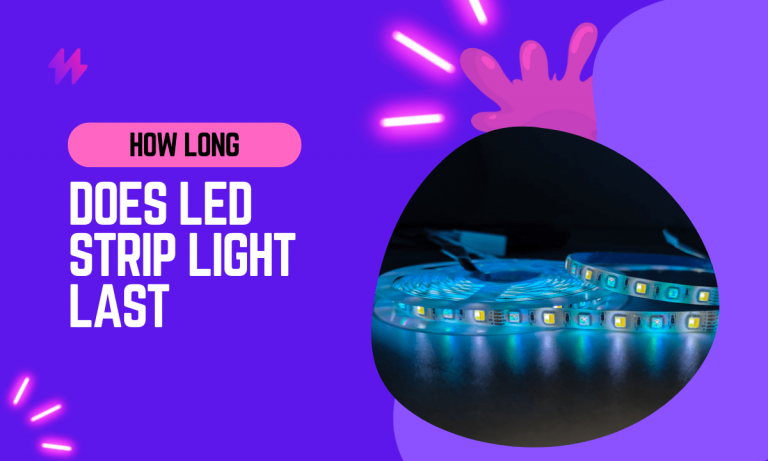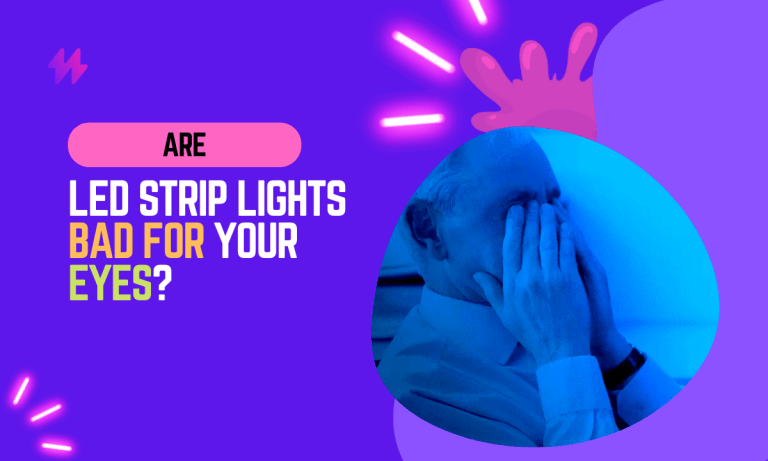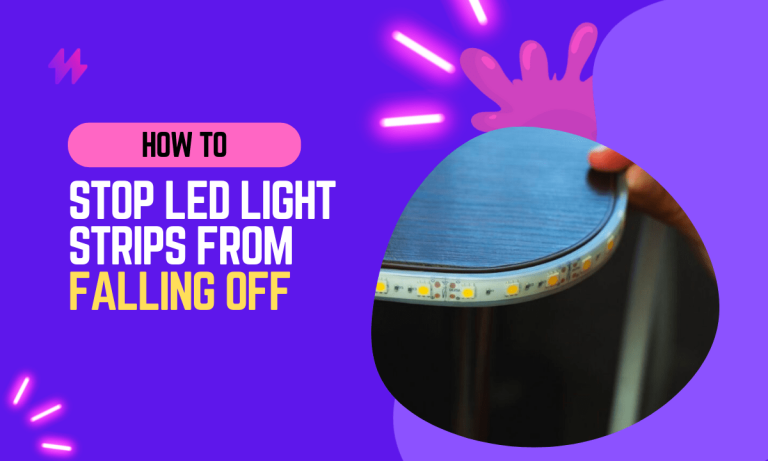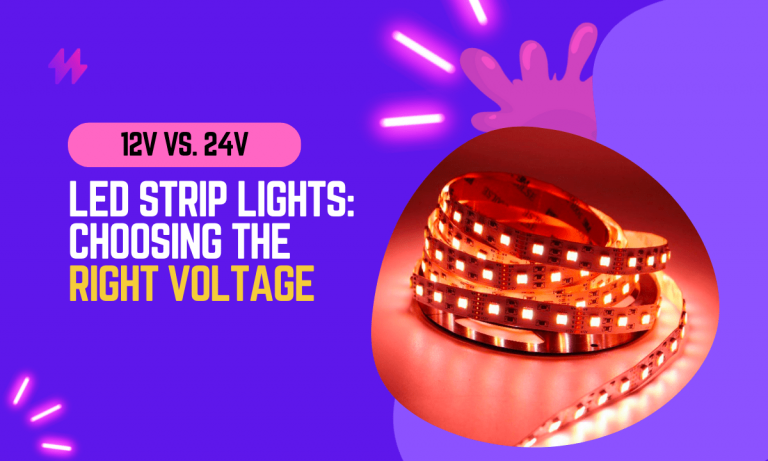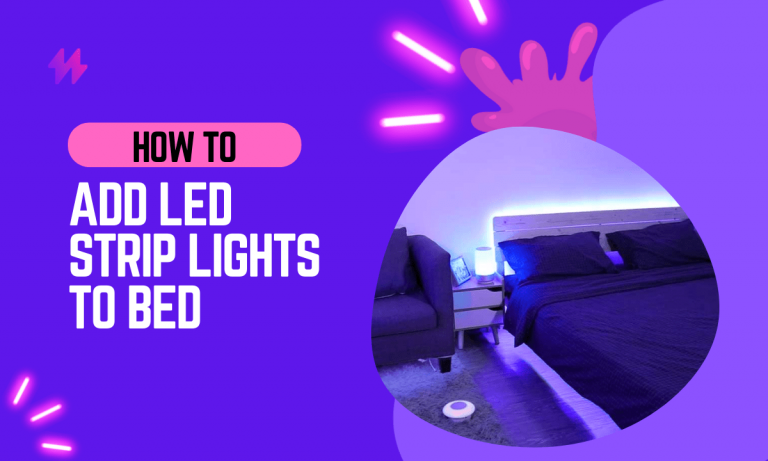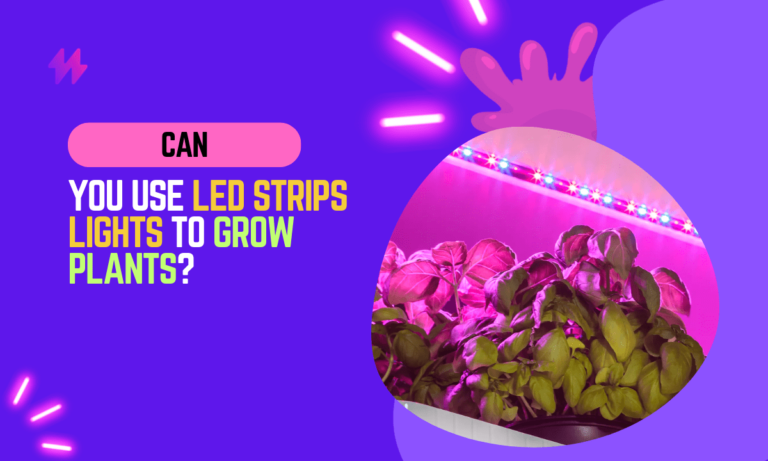Difference Between Strip and Rope Lights
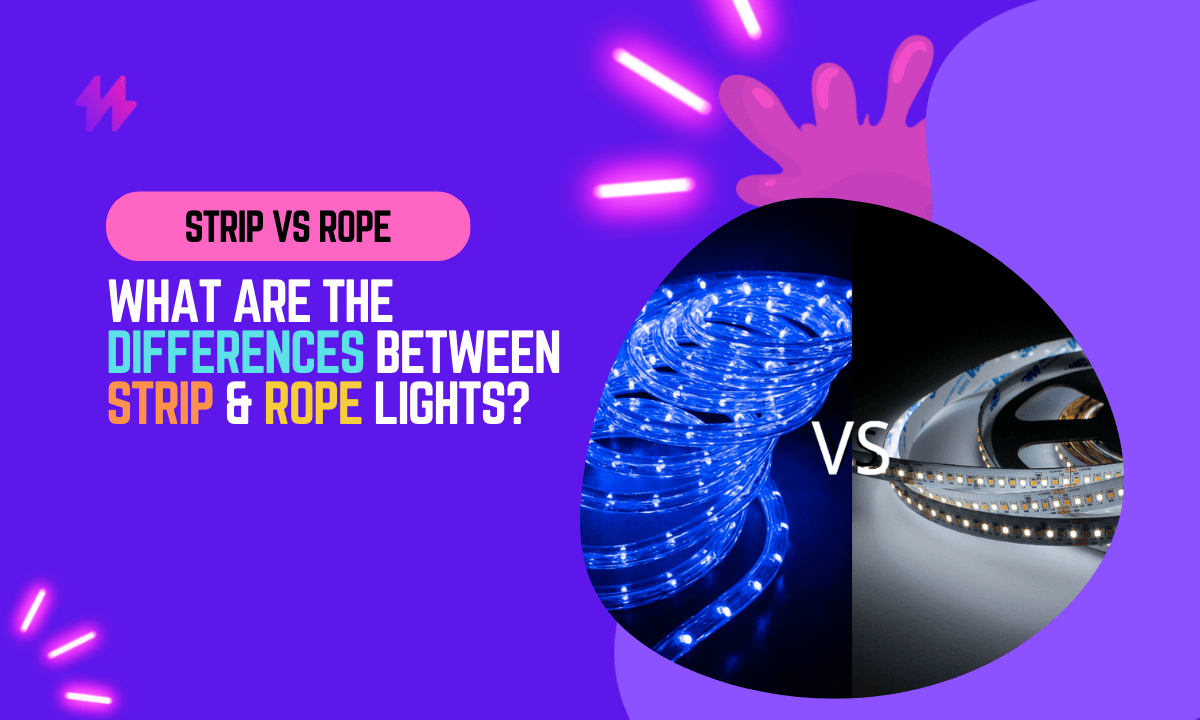
When it comes to accentuating spaces with lighting, both strip lights and rope lights are popular choices. Each brings a unique set of features and aesthetics to the table, making them suitable for different applications. In this blog, we will explore the key differences between strip lights and rope lights, helping you make an informed decision for your lighting needs.
What Are Strip Lights?
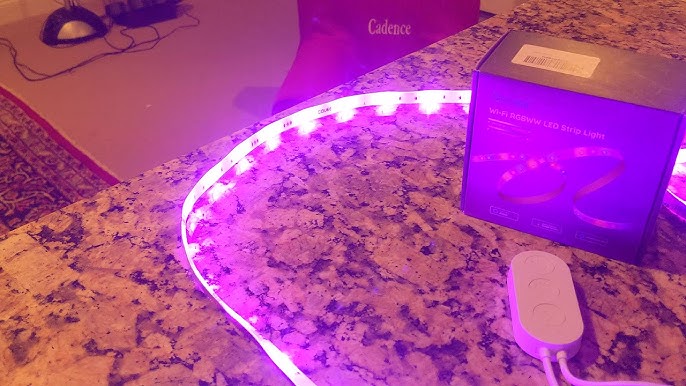
Strip lights, commonly known as LED strip lights, are a versatile lighting solution. They consist of small light-emitting diodes (LEDs) placed on a flexible circuit board. This design allows them to be used in a variety of applications, from under-cabinet lighting to creating intricate patterns on walls or ceilings.
Key Features of Strip Lights
- Flexibility and Cut-ability: Strip lights are extremely flexible and can be cut at certain intervals, usually every 1 to 2 inches, allowing for custom lengths.
- Brightness and Color Options: They often come in a range of color temperatures, from warm to cool whites, as well as RGB (red, green, blue) versions for color-changing effects.
- Adhesive Backing: Most strip lights have an adhesive backing for easy installation.
- Energy Efficiency: LED strip lights are known for their energy efficiency and long lifespan.
- Variety in LED Density: They are available in different LED densities, affecting brightness and power consumption.
What Are Rope Lights?

Rope lights are long, cylindrical tubes that encase a series of LEDs or incandescent bulbs. They offer a more diffused light compared to strip lights and are commonly used for decorative purposes.
Key Features of Rope Lights
- Construction: Rope lights have a round, flexible, plastic jacket that can withstand various weather conditions, making them suitable for outdoor use.
- Diffused Light: The light is more diffused and less intense, creating a soft glow.
- Less Flexibility in Cutting: Rope lights are less flexible in terms of cutting and are typically sold in specific lengths.
- Durability: The encased design makes them more durable and resistant to elements.
- Variety in Light Sources: They can use LED or incandescent bulbs, with LEDs being more energy-efficient.
Also read: Can You Use LED Strip Lights Outside Your Home?
Comparing Strip Lights and Rope Lights
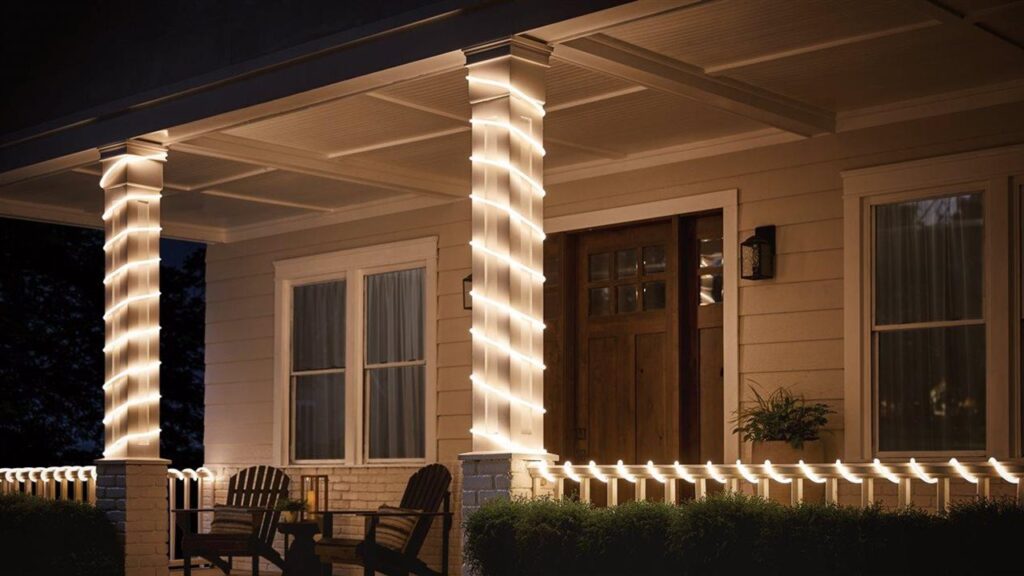
1. Flexibility and Application
Strip lights are more flexible and can be cut to size, making them ideal for custom projects, intricate designs, or tight spaces. Rope lights, while flexible, are better suited for outlining areas or creating uniform loops due to their cylindrical shape.
2. Brightness and Color Options
Strip lights generally offer higher brightness levels and more color options, including the ability to change colors and patterns with controllers. Rope lights provide a consistent color and a softer light.
3. Installation and Use
Strip lights require a bit more effort in installation due to their adhesive backing and the need for accurate cutting. Rope lights are easier to install, often requiring just a power source and some clips or ties for support.
4. Durability and Outdoor Use
Rope lights are generally more durable and better suited for outdoor use. Their encased design protects against moisture and dust. Strip lights, while durable, may require additional waterproofing for outdoor use.
5. Energy Efficiency
Both LED strip and rope lights are energy-efficient, but LED strip lights usually have a longer lifespan and a higher luminous efficacy.
You may also like: Are LED Strip Lights Allowed in Dorms?
Conclusion
In summary, understanding the distinctions between strip lights and rope lights is crucial for anyone looking to make an informed decision about their lighting needs. Strip lights, with their flexible circuit boards and LED emitters, offer a high degree of customization and precision in lighting. They are ideal for creating distinct, vibrant, and direct illumination in spaces that require specific attention to detail, such as under cabinet lighting in kitchens or highlighting architectural features. On the other hand, rope lights provide a more diffuse light and are best suited for ambient lighting, thanks to their encased design and omni-directional light output. This makes them perfect for outdoor settings, gardens, or anywhere a gentle, consistent light is needed to enhance the atmosphere.
Moreover, each type of lighting comes with its own set of installation considerations and potential applications. Strip lights, for instance, require a bit more technical know-how during installation, as they often need to be cut to size and may require additional components like connectors and controllers. Rope lights, however, are generally easier to handle and install, offering a plug-and-play solution that works well for those who prefer a straightforward setup without much fuss. The choice between strip and rope lights ultimately depends on the specific requirements of the project, including factors like the desired aesthetic effect, installation environment, and budget. By carefully considering these aspects, one can effectively choose the right type of lighting to not only meet functional requirements but also to create the desired ambiance for any space.

